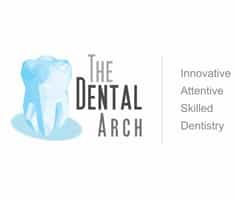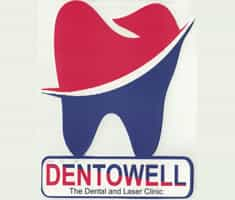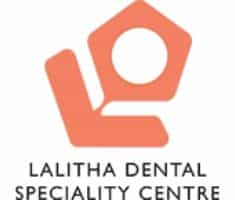Stained teeth are a very common dental problem that makes a lot of people to feel uncomfortable when they have to talk or smile, due to the color of their teeth. However stained teeth depending on their cause have a number of treatments.
Types of Tooth Discoloration:
Extrinsic Tooth Discoloration
- Colored organic compounds from some foods and drinks - tea, coffee, red wine, blueberries, curry and other - are absorbed on teeth enamel, resulting in yellow teeth.
- Other foods that contain much chlorophyll may result in green stains.
- Common dental restorative materials, as the amalgam in silver-colored fillings, may turn adjacent areas of teeth black or gray.
- Prescribed antiseptic mouthwashes containing chlorhexidine are associated with causing yellow-brown stains on teeth. Repeated use of stannous fluoride can result in light brown or yellowish teeth stains. Iodine-containing solution medications may also cause similar stains.
- Metallic stains can be caused by metallic salts, such as in iron supplements.
- Other habits as smoking or chewing tobacco are also responsible for stained teeth, creating brown to black stains on the tooth surface.
- Accumulation of dental plaque and tartar may alter the natural appearance of the tooth and lead to yellow teeth.
Intrinsic Tooth Discoloration
- Systemic disorders (as alkaptonuria, erythropoietic porphyria, hyperbilirubinemia etc.) are also causes of stained teeth. Enamel hypoplasia causes tooth discoloration and pitting of the enamel. In rare cases, children with dentinogenesis imperfecta are born with gray, amber or purple discolorations.
- In fluorosis, chalky white spots or brown marks on teeth are caused by excessive fluoride intake. (tooth whitening does not actually remove the white spots but lightens the background so they are less noticeable).
- Trauma may cause tooth discoloration by allowing hemosiderin to enter to dentinal tubules. Trauma may change a tooth to a pink, yellow, or dark gray color. Chips or other injuries that damage the pulp of a tooth can also cause discoloration and yellow teeth
- Some medications, such as the antibiotics tetracycline and minocycline, may become incorporated into the structure of a tooth, causing intrinsic staining of the teeth with a brown-gray color. Use of tetracycline should be avoided during the period of tooth formation, from 4th month of pregnancy until 7 years of age.
- After root canal treatment, a tooth may start to darken, especially if the pulp chamber area is not thoroughly cleaned from dead or infected pulp tissue
Age related tooth Discoloration
Age-related discoloration is usually a combination of extrinsic and intrinsic factors. Teeth change with age. Their mineral structure changes becoming less porous and making teeth to appear darker. The enamel that covers the teeth gets thinner with age, allowing the underlying layer of yellowish dentin to show through. The continuous accumulation of extrinsic stains also contributes to the natural yellowing of the teeth over time.
Common types of Treatments available for Tooth Discoloration at Confismile Oral
Hygiene Spa:
-
Teeth Whitening
- Confismile Teeth Whitening
- Confismile LED Teeth Whitening.
- Ceramic Veneers
- Composite Veneers
Amazing Facts:
- Hundreds of years ago, folks actually chew on sprigs in order to clean their teeth.
- After that some smart soul, way back in history, had the smart idea of fashioning a piece of wood & added wild boar bristle to it this is how the first toothbrush was invented.
- When George Washington, first President of United States of America, was inaugurated for his first term in 1789 he was wearing Dentures that had a base of Hippopotamus Ivory carved to fit the gums.
"Smiling is my favourite exercise"
Please Click Here to request more information from ConfiSmile.


.png)



.png)
.png)
.png)
.png)










